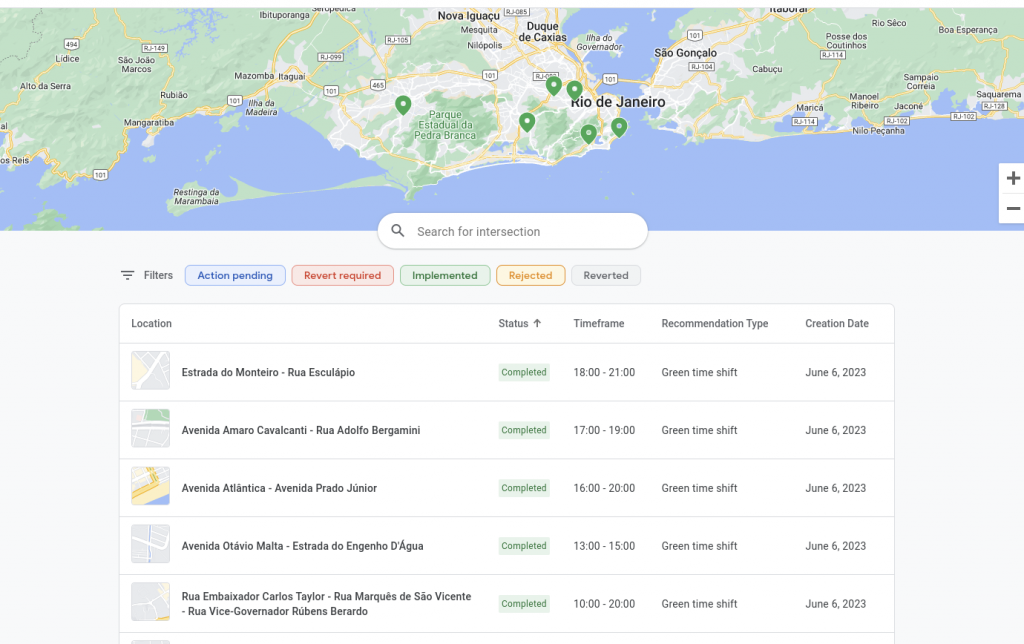It is not lost on anyone that road traffic is one of the main sources of greenhouse gas emissions. And within this, the traffic that occurs at intersections in cities generates up to 29 times more pollution than traffic on open roads. The proper functioning of traffic lights in cities is vital to guarantee the flow of traffic and lower emission levels.
But this is not always the case and on numerous occasions the inefficient synchronization of traffic lights in some urban areas leads to chaos that leads to traffic jams that in turn increase pollution levels in the city. Solutions to optimize these systems generally involve significant investments in hardware that are sometimes beyond the budgets of local authorities and traffic management agencies.
Faced with this situation, some time ago Google presented its own solution for the efficient management of traffic lights in cities: Green Light. It is a system that uses AI in addition to the cartographic data obtained by the American company for years through Google Maps.

Green Lights uses information provided by Google Maps about the traffic light parameters at intersections: “cycle duration, transition time, green division (i.e. time and order of right of way), coordination and operation of sensors (performance),” Google says on its website. This data serves as the basis for creating a model that helps understand how traffic works at each intersection. “This helps us understand typical traffic patterns, including start-stop patterns, average wait times at a traffic light, coordination between adjacent intersections (or lack thereof), and how traffic signal plans change at different times over the course of the day.”
With this information and using AI, Green Light proposes different adjustment models in the synchronization of traffic lights to help improve the fluidity of these intersections. These proposals are shared with those responsible for traffic in the city in question so that they can study the possibility of implementing them. Something that, they say at Google, can be done in less than 5 minutes.

If accepted, the system allows the impact on traffic to be analyzed immediately. But it also looks at the environmental aspects: “We use industry standard models to calculate the climate impact of these changes. We share this with the partner city and continue to monitor any necessary changes in the future,” they explain at Google.
To date, the system has been implemented at 70 intersections in 12 cities spread across 4 continents (“from Haifa to Bangalore to Hamburg”). In these cities, according to data provided by the designers of Green Light, emissions have been reduced by up to 30 million car trips per month.